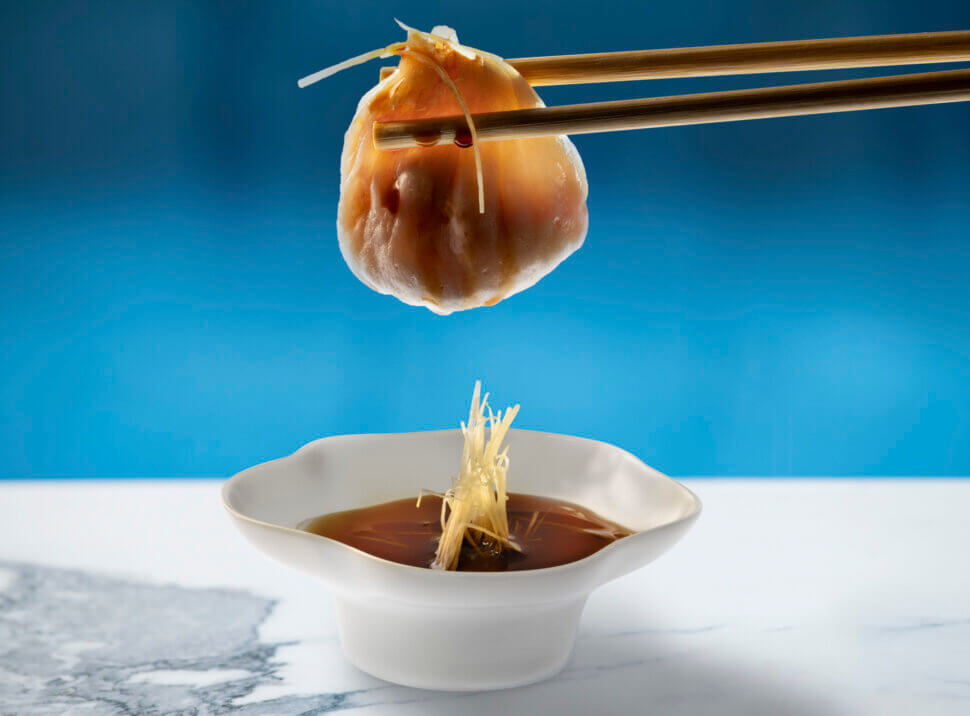the History of Soup Dumplings, and How to Eat Them
July 7, 2020
Chinese soup dumplings epitomise the romantic ‘rags to riches’ story. From humble beginnings, xiao long bao (or siew long bun in Cantonese) fast grew in popularity to become one of the most recognisable and popular dumplings in China – and, indeed, the world – appearing on nearly every dim sum menu across the globe.
While its origins are often debated, most agree that the xiao long bao’s story begins in the Shanghai suburb of Nanxiang over nearly 150 years ago. It is believed that Huang Mingxian wanted to create a dumpling that would surprise and delight the guests of his restaurant, Ri Hua Xuan. The elegant pleated dumpling was made by adding aspic – or a jellified meat stock – to pork mince, so that once steamed the aspic would melt, thereby filling the inside of the dumpling with a flavoursome broth.
The allure of the soup dumpling – then known as the Nanxiang da rou mantou – worked. People visited his restaurant in droves, keen to try this unique dish.

